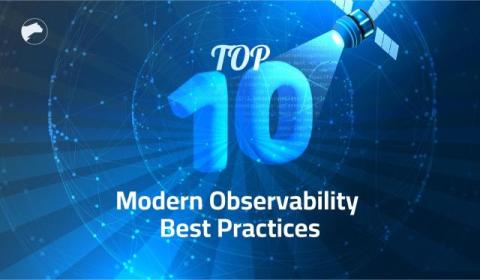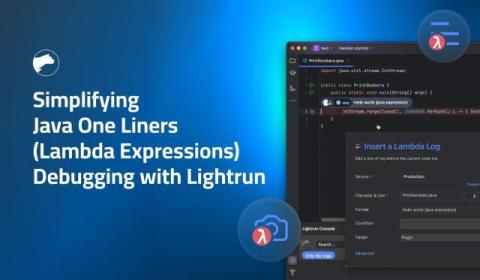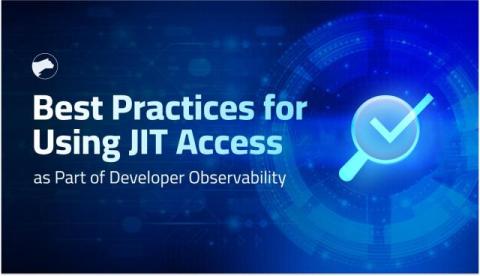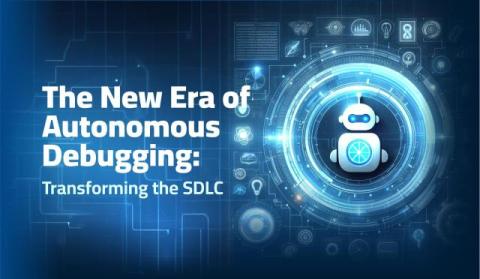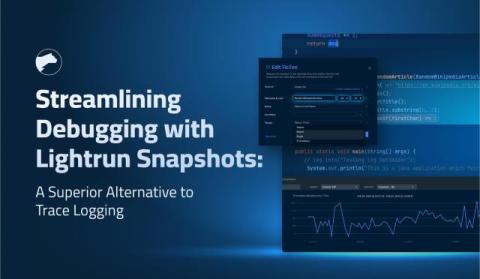The ROI of Developer-First Observability: Why It's a Game Changer
In today’s fast-paced software landscape, downtime is costly, debugging is time-consuming, and developers are constantly under pressure to resolve issues quickly. Observability tools have traditionally been built for operations and SRE teams, focusing on post-mortem analysis rather than proactive debugging. When developers gain real-time insights into live applications and fix issues without disrupting the software lifecycle it has been proven to be a game changer for a myriad of reasons.



